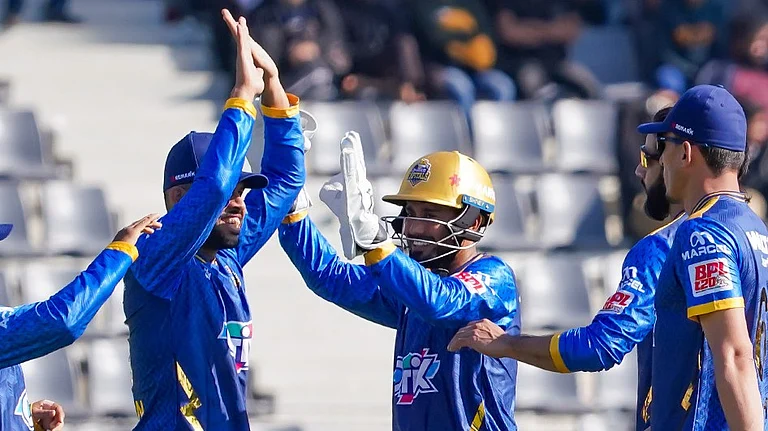I am one of those who believe that the idea of India having always been a kaleidoscope of contesting ideas, religion and people hardly needs any emphasis. Of late, however, I am frequently assailed by the fear that our tribe may soon be reduced to a hopeless minority. Manu Pillai’s Tales from Indian History assures me that India has seen worse days and has come out of it looking the better for wear.
His book is thus a beacon of hope. It covers a period about 700 years and speaks about some remarkable Indians. Kings, queens, concubines, saints, villains, gods, goddesses, poets, musicians, and soldiers spill out as soon as you open the book. It will be quite a task to house them in your memory. Even if you don’t, it has many stories which you can read and savour at leisure. This is certainly not a serious work of history. It, however, has a unity which is as bewildering as that of our country—real yet indescribable. The author himself says, “...in the end each reader must draw her own conclusions—the book seeks only to light the way.” In its light, we meet several characters and works, some well-known and some hardly known and freshly liberated from dusty records.
Take, for instance, the story of a Brahmin who falls instantly in love with an untouchable woman. This was written by Shahuji (or Shahaji), the king of Thanjavur who ruled between 1684 and 1712. It is a rip-roaring parody conveying that Brahmins who consider themselves superior to all others are quite capable of making asses of themselves and it requires Lord Shiva himself to intervene and un-ass them. The dialogues of Sati Dana Suramu are an absolute delight: “‘We eat beef, we eat liquor … don’t talk to me,’ she says…. ‘We drink cow’s milk,’ he replies, ‘but you eat the whole cow. You must be more pure’.” Incidentally, the original anthology in which this story finds a place has another lovely story of a Brahmin widow feeding Shiva’s devotees who are considered untouchables. The Brahmins of the village are aghast but, in this story too, Shiva appears in person as an untouchable and makes them say that the real untouchables are they, the Brahmins.
Consider the Mappilas. Pillai tells us that their language developed into a unique blend of Malayalam sound and Arabic script, influenced over time by Persian as well as by Tamil and Kannada. Their festivals resemble the Hindu ones. There is even a Mappila Ramayana, featuring Ravana as a sultan. Surpanakha’s proposition to Rama in this version seeks a sanction from the Sharia.
Pillai speaks of Muddupalani, a courtesan in the kingdom of Thanjavur and of her Radha, who is not timid: “She turned the convention on its head and claimed her right to bodily pleasure. For the first time in compositions of this type appeared a woman determined to quench her desire.” The author, I am afraid, is not right. Tamil tradition has the glorious Andal, whose poems bristle with sexual longings and who predates Muddupalani by at least 1,000 years.
The essay I loved is the one on Queen Victoria. She was much more sensible and humane than the officials surrounding her. She wanted to insert in her proclamation a firm statement that Indians would be placed on an equality with all other subjects of the British crown, but couldn’t succeed. However, it was she who managed to add in the document promises of ‘peaceful industry’, ‘works of public utility’ and a government ‘for the benefit of all Our subjects’.
I have a suspicion, which may be unfounded, that Pillai has this “oh, yes, they got us freedom… but then” attitude towards our freedom fighters. As a historian, he is entitled to have his doubts. Even then, I found his ‘What if…’ essay on Gandhi overdone. He, a professional, must surely know that the imponderables are close to infinity and it is futile to pick a few and present them as possibilities.
The problem with a collection of pieces written for a news magazine is that its quality is usually uneven. This book is no exception. It has both gems and pebbles—fortunately more gems than pebbles. In any case, ‘bits and pieces’ have become more than acceptable to Indians since the adventure of Ravindra Jadeja in the recently concluded World Cup semi-finals. I am sure Manu Pillai’s bits and pieces too will be received well by his fast-growing number of admirers.























